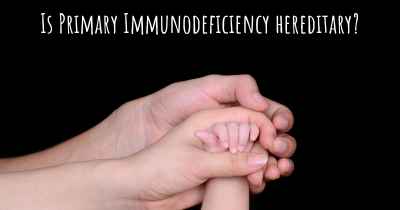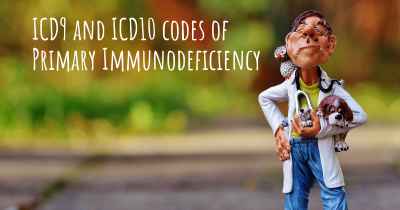What is the history of Primary Immunodeficiency?
When was Primary Immunodeficiency discovered? What is the story of this discovery? Was it coincidence or not?

Primary Immunodeficiency (PID) refers to a group of genetic disorders that impair the immune system's ability to defend the body against infections and diseases. These conditions are typically inherited and result from defects in the genes responsible for immune system function. The history of PID dates back to the early 20th century when the first cases were identified and studied.
The understanding of PID began to develop in the 1950s when researchers observed recurrent and severe infections in children. These observations led to the recognition that some individuals had an inherent susceptibility to infections due to underlying immune system abnormalities. The term "primary immunodeficiency" was coined to describe these inherited disorders.
One of the earliest and most well-known forms of PID is X-linked agammaglobulinemia (XLA), which was first described in 1952 by Dr. Ogden Bruton. He identified a group of boys who lacked antibodies, leading to recurrent bacterial infections. This groundbreaking discovery marked the first recognized primary immunodeficiency disorder.
Over the following decades, advancements in medical technology and genetic research allowed for the identification of various other forms of PID. In the 1970s, severe combined immunodeficiency (SCID) was discovered, characterized by a severe impairment in both cellular and humoral immunity. This condition gained significant attention when the "Bubble Boy" David Vetter captured public interest as he lived in a sterile environment to protect him from infections.
As scientific understanding of PID grew, diagnostic techniques improved, enabling the identification of specific genetic mutations associated with different forms of PID. The Human Genome Project, completed in 2003, played a crucial role in accelerating the discovery of PID-related genes.
Today, there are over 400 known forms of PID, each with its own unique genetic basis and clinical presentation. These disorders can affect various components of the immune system, including B cells, T cells, phagocytes, and complement proteins. Some forms of PID are relatively common, such as selective IgA deficiency, while others are extremely rare.
The field of PID research has made significant progress in recent years. The development of targeted therapies, such as gene therapy and immune reconstitution, has provided hope for individuals with PID. Additionally, improved diagnostic methods and newborn screening programs have enhanced early detection and intervention.
In conclusion, the history of primary immunodeficiency spans several decades, beginning with the identification of X-linked agammaglobulinemia in the 1950s. Since then, numerous forms of PID have been discovered, leading to a better understanding of the genetic basis and clinical manifestations of these disorders. Ongoing research and advancements in medical technology continue to improve the diagnosis, treatment, and management of primary immunodeficiency.








